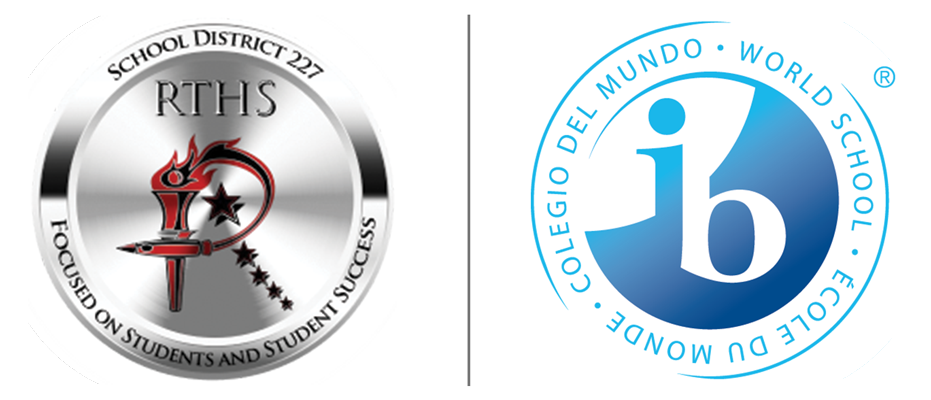PHILOSOPHICAL SHIFT
In south suburban Rich Township High School District 227, a drop in enrollment and facility problems forced the district to close one of its three high schools.
"As with any crisis, (closing the school) gave us this unique opportunity to redesign how students would experience education in Rich Township," says Superintendent Johnnie Thomas.
Enter a philosophical shift. The district now has one high school, Rich Township, with two campuses — one for fine arts, communication and business in Richton Park and the other for science, technology, engineering and mathematics in Olympia Fields.

Johnnie Thomas, superintendent of Rich Township High School District 227.
"We wanted to make sure that we allowed for a system that gave choice back to the students, especially in the areas of career pathways," Thomas says. "We believe student voice and student choice not only help with keeping them engaged with the educational system, but it also gets them excited about what the future holds for them."
Strengthening Thomas' commitment to pathways was his experience being the only African American employee when he was superintendent of Community High School District 155 in Crystal Lake. But both high school districts share the goal of inspiring students to succeed after graduation.
"And so, I saw how, both in my journey as superintendent of District 155 and associate superintendent in District 214, which is in Arlington Heights, that pathways make a difference," Thomas says. "We saw our students making decisions about their careers. We saw it as an opportunity to provide college credit earlier, saving families money down the road. We saw it as a training ground to bring quality professionals back into the community, thus sustaining the community. That has always been an interest of mine, how can I sustain a community?
"The pathways all helped to answer those questions, getting those leaders back into our areas and helping to build our communities up," Thomas says.
Pathways are a two-way street for both high school students and for businesses. For students, once they've expressed their interest, the pathway takes them through an expanding series of experiences, including exploring their interests in real-world settings. For local businesses, the pathway is a professional and personally enriching on-ramp to future employees.
"We really need to be showing kids the variety of careers they can have based on their interest and lead to careers with living family wages," says Sarah Hartwick, vice president of education and workforce policy at the Illinois Manufacturers' Association, whose members are engaged in pathways throughout the state. "Pathways give employers and schools tools for (guiding what classes students should be taking)."
Thomas says he has no problem finding businesses to work with the 11 career segments his district currently hosts. "Actually, the challenge isn't finding them," he says. "A lot of our business partners and our corporate partners want to help with the educational pathways and with the educational support to local schools. It's just creating that common shared vision of what that looks like."

